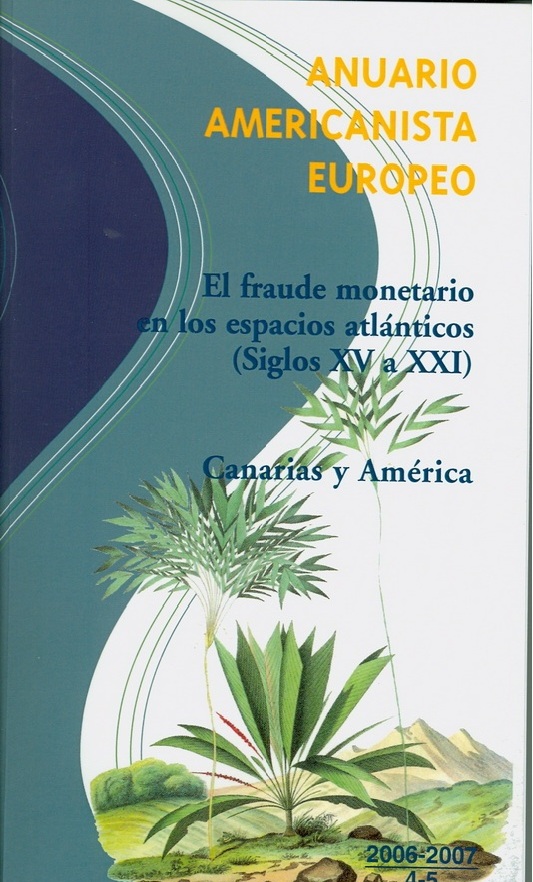The Demography of Crisis-Driven Outflows from Venezuela
Résumé
The Venezuelan exodus represents the largest known displacement of people in recent Latin American history. The regional crisis caused by this mass Venezuelan migration drove the development of multiple interagency initiatives (such as the R4V platform) as well as academic attempts to keep track of outflow intensity. However, little is known about the age and gender composition of the emigrants since most existing literature to date has focused primarily on total volume and country-specific shares of migration outflows. This study examines the demographics of recent outflows from Venezuela, the chronology of associated changes, and the demographic implications for those remaining in the country. Official counts of Venezuelan-born populations compiled in seven main destinations are used to estimate annual outflows by age and gender from 2011 to 2021. Changes in the demographic composition of emigration are traced using parameters of the Rogers–Castro model, specifically the children-to-labor force dominance, and by decomposing the age contributions to the annual gross migraproduction rate. In the early phase of the crisis (2014–2017), emigration flows had high child dependency ratios. As the crisis entered its most acute phase (peaking in 2019), the mean age of migrants increased. Outward migration has resulted in the current Venezuelan population having 20 percent fewer women of reproductive age and 17.8 percent fewer individuals of working age. Consequently, the share of the population aged 60 or older has increased.
Fichier principal
 Population Development Rev - 2024 - Garcia Arias - The Demography of Crisis‐Driven Outflows from Venezuela-1.pdf (1.15 Mo)
Télécharger le fichier
Population Development Rev - 2024 - Garcia Arias - The Demography of Crisis‐Driven Outflows from Venezuela-1.pdf (1.15 Mo)
Télécharger le fichier
| Origine | Accord explicite pour ce dépôt |
|---|



